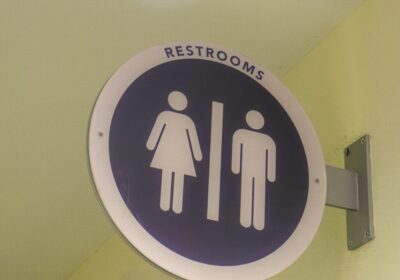Progress for equal pay further away than many realize

On average, women are still making 20 cents less than their male counterparts for each dollar earned. SPECIAL TO THE ORACLE
Equal Pay Day was this week, and women across the nation gathered together to protest the fact that they are still not paid the same wage as a man.
On average, women still make only 80 cents to every dollar a man earns in the same job.
A report by the Institute For Women’s Policy Research (IWPR) found the country wouldn’t close the wage gap until 2059. By analyzing the pay gap from 1959 to 2015, the IWPR was able to predict the year the gap would close if we continue to progress at the same rate.
Florida is projected to be the first state to close the wage gap, and upon first glance, that seems like a fact Floridians can celebrate. However, a second look reveals a more bleak reality.
According to the report, Florida will have equal pay in 2038, a depressing 21 years from now. Those graduating college this year will be in their 40’s by the time they are treated equally in the workforce.
And the state’s “progressive attitude” toward wages is not anything to praise. The reason Florida is estimated to be the first to finally treat women like their male peers is because the state has slowly been decreasing the wages made by men, not because it is valuing women more.
It’s not revolutionary to catch up to a lowered standard.
Elsewhere in the country is an even more dismal truth. North Dakota, Utah, Louisiana and Wyoming are not predicted to have true equality until the 22nd century.
Wyoming alone isn’t estimated to crack that glass ceiling until 2153. Not only will all of us be dead, our children will be gone as well before all the states are equal in wages.
Granted, part of Wyoming’s issue is the type of jobs prevalent in the state. It has a large portion of men working in energy, extraction and construction jobs, which females traditionally do not flock toward. These industries usually offer exceedingly high wages, but few women are employed, hence the drastic gap between sexes.
However, that stereotype has begun to shift, as more women have taken up “nontraditional” jobs in the last few decades. If that trend continues, those states may see a faster narrowing of the wage gap.
Some states have recognized the flawed system still plaguing our nation and have made conscious efforts to remedy it.
California and Maryland, who are estimated to be fully equal by 2043, have focused on altering and adopting policies to ensure equal ground in the work force. They have passed multiple paid sick leave and paid medical leave policies, as well as focused on parental leave and maternity leave, which has helped level the playing field.
It’s depressing to say the least, to think we will go the majority, if not the entirety, of our lives without ever having equal pay in this nation. However, it is imperative we continue to fight for the essential right.
If we won’t be successful in our generation, we must fight to ensure those yet to be born have a chance at true equality.
Breanne Williams is a senior majoring in mass communications.








